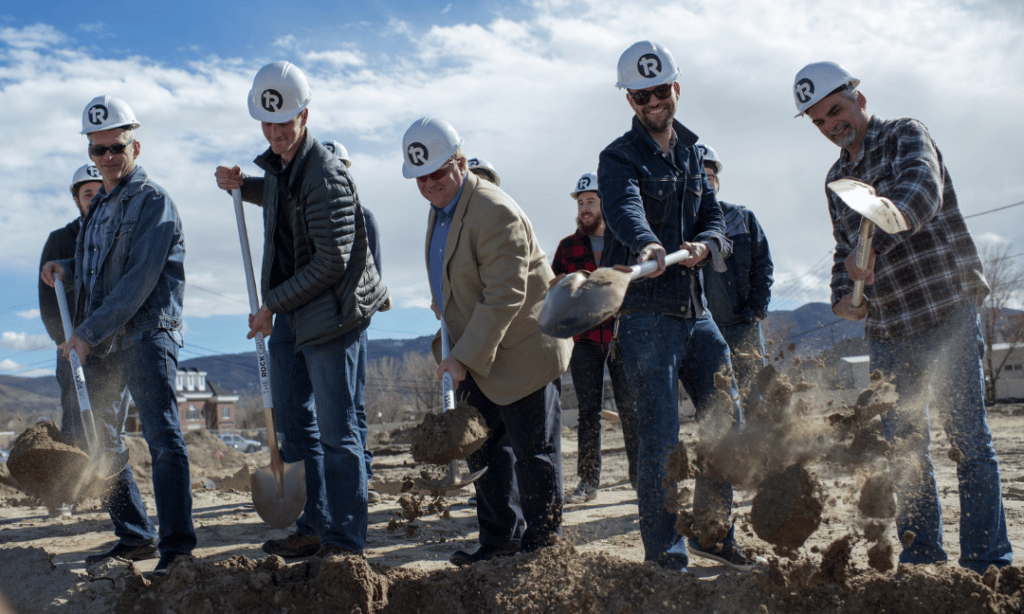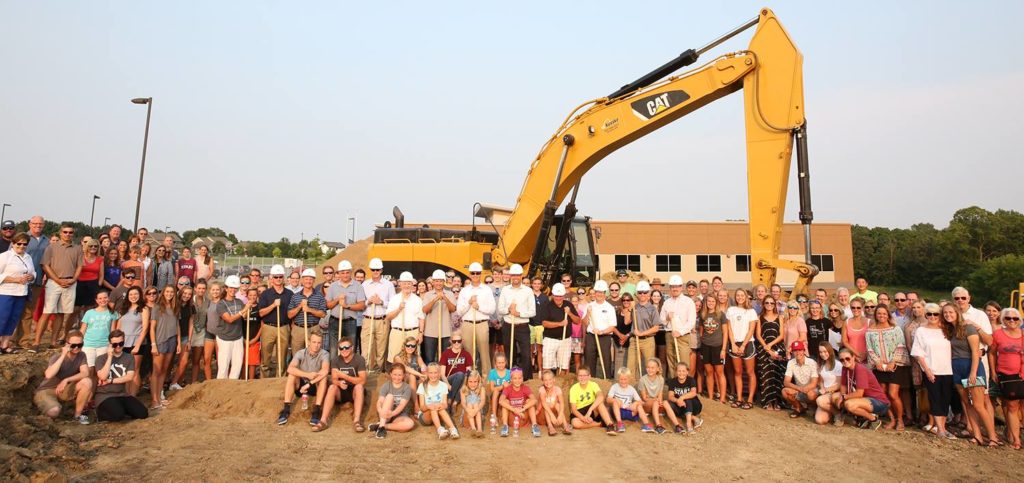The Current State of Church Construction: Overcoming Challenges
The national and global financial climates are in a tentative state, and sometimes that uncertainty can be overwhelming. Over the last couple years, we have experienced skyrocketing inflation, rising interest rates, and continued supply chain disruptions which affect the state of church construction. However, in spite of the many challenges that this new economy presents, churches are forging ahead and stepping out in faith to build or remodel their facilities to have a greater impact on their communities for Christ.
Being aware of these challenges, the core causes, and the valuable resources available to ministries allows church building committees to be better prepared for the road ahead.

High Inflation Leads to Rising Interest Rates
With inflation continuing to erode the purchasing power of consumers with higher prices and threaten the overall economy, the Federal Reserve began raising interest rates in March 2022 for the first time in three years. Overall, the central bank hiked benchmark rates by 4.25 percentage points and is expected to add a few more increases in the early part of this year before pausing.
An article in the Washington Post summed it up best. “2021 saw the fastest price inflation since the early 1980s, as broken supply chains collided with high consumer demand for everything from used cars to construction materials. Higher prices seeped into just about everything households and businesses buy, raising alarms for policymakers at the Federal Reserve and White House that inflation has spread throughout the economy.”
Rising interest rates are a means to combat inflation. Essentially, the government raises interest rates at the Central Bank, making it more costly throughout the country to take out loans. This federal encouragement to borrow and spend less is an effort to slow the economy down enough to moderate the pace of price growth.
“In this economic environment churches should be asking not only ‘What rate can we get today?’ but ‘What will rates be three or five or ten years from now when our bank loan matures?” said Bill Dodson, Managing Director of the Religion Finance Division at Stifel Public Finance. He continued:
“In this current economic climate, interest rate risk should be of particular concern to ministries. A mortgage payment is typically the largest bill a ministry pays after staff salaries, so even small changes in rates can produce big impacts on budgets. For long term, core capital assets like church buildings, a 20, 25 or 30 year, fully amortized, fixed rate bond issue more closely matches the economic life of the asset, completely protecting the ministry from interest rate risk and eliminating the possibility of shocks to the budget.”
Bill and his team at Stifel understand the current state of church construction and the challenges that churches and nonprofits face. They are particularly skilled in helping these organizations map out and implement a financing strategy that minimizes risk to the ministry and maximizes opportunities for long term success.
Supply Chain Disruptions
Supply chain disruptions arise when local or global turmoil limits the production or distribution of goods. The state of church construction is directly affected when materials are not available or cannot be available within a project’s construction schedule.
The COVID-19 pandemic initiated a world-wide series of supply chain disruptions, and the problem has been perpetuated by the ongoing war in Ukraine. Even if the materials themselves are not manufactured in Ukraine or surrounding areas, the disruption of crude oil’s supply and distribution throughout Europe has ramifications for transportation of goods across the world.
The key to combating supply chain disruptions is being flexible and resilient. If certain materials cannot arrive in time, consider other alternatives. Is there another supplier you can turn to? Will different materials fit the need? Can the construction schedule be adjusted? BGW Architects and its partner builders nationwide have focused on addressing this issue head on with proactive communication throughout a project and creative problem solving to determine the most cost effective and time sensitive path forward.

Forging Ahead
Because of the state of church construction, regardless of the economic climate or your ministry size or scope, there is almost always a gap between your resources and your God-inspired vision. That gap creates an on-going sense of restlessness and uncertainty about the future. According to the experts at Generis, it doesn’t have to be that way. Generis is a team of experienced and passionate guides that specializes in helping ministries create a sustainable culture of generosity that can fund your vision for years to come.
Even during a challenging economic period, the Generis team is uniquely skilled in connecting your unique vision to proven strategies that have helped fund more than six billion dollars in the faith community with a “make-it-last mindset,” which is designed to outlive the length of any single campaign, project, or initiative.
Forecast for 2023
According to the 2023 Annual Outlook Forecast Conference from Dodge Construction Network, the state of church construction and the construction industry in general should see some relief from rising costs as inflation begins to moderate. Most economists expect interest rates to peak in mid-year 2023 at 1.0 to 1.5 percentage points above current levels and the Fed is expected to begin cutting interest rates by late 2023 or early 2024.
With respect to inflation, the construction sector should see an easing in material costs in 2023, according to Ken Simonson, chief economist for the Associated General Contractors of America. Material input costs have been slowing. Meanwhile, bid prices, which were sitting well below input costs, have increased, relieving some cost pressures for construction firms. “We’ve seen huge declines in lumber, steel and aluminum. But we’ve seen increases for plastics, gypsums, cement concrete and architectural coatings,” says Simonson. “It really is quite a different story depending on what materials contractors buy.”
Among 15 materials that feed into the Producer Price Index for construction cost changes, 11 materials have seen prices decrease in the third quarter of 2022. And among the other four, none have increased more than 4.5 percent. The latest three-month results show clear signs of moderation.

According to Larry Dignan, Editor-in-Chief at Celonis Media, supply chain conditions are expected to improve in 2023 compared to 2022 and 2021, but executives in multiple industries say their companies will focus on resiliency and optimization as conditions remain fragile.
An important reminder for church leaders during these tumultuous economic times is that God’s Kingdom is not dependent on the economy. Our great God hasn’t stopped moving and we should not either. We pray that you and your ministry will be blessed beyond your understanding in 2023 and beyond.




Leave a Reply